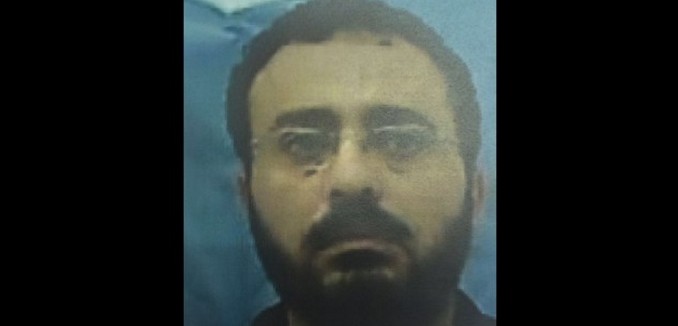A Palestinian engineer employed by the United Nations Development Program (UNDP) has been charged with using his position to help the terrorist group Hamas, Israeli officials announced Tuesday.
Waheed Borsh, a resident of Jabaliya in the Gaza Strip, was arrested on July 16 by the Shin Bet, Israel’s internal security service, and indicted Tuesday in an Israeli civilian court on charges of aiding Hamas. He had been employed as an engineer by the UNDP since 2003. Among his responsibilities for the UNDP, one of the world’s largest development agencies, were knocking down buildings damaged in war and clearing debris from the area after the demolitions.
The Shin Bet alleged that a senior Hamas official had ordered Borsh to use his position in UNDP to assist the terror organization. Borsh confessed that he had helped Hamas build a military jetty in the northern Gaza Strip to support Hamas’ naval forces and prioritizing the rebuilding of homes where Hamas members resided. He also admitted to notifying Hamas when UNDP would discover hidden weapons caches or terror tunnel openings in buildings they were rehabilitating, in violation of UNDP procedures. Hamas would then take over the site and recover the weapons.
Borsh also reportedly told authorities that other employees of NGOs are also working for Hamas. He is the third Palestinian aid worker in the past week to have been accused of aiding Hamas. Mohammad el-Halabi, the top Gaza official of the Christian charity World Vision, was charged on Thursday with funneling millions of dollars from the charity’s coffers and giving them to the terrorist organization. And on Monday, the NGO Save the Children announced that it would be investigating charges that one of its employees had been recruited by Hamas.
The recent arrests show “how Hamas exploits the resources of international aid organizations at the expense of the civilian population of the Gaza Strip,” the Shin Bet said in a statement.
An audit conducted by the United Nations two years ago found “black holes” in supervision of UNDP projects in Gaza. The results of the audit, according to Fox News, gave “credibility to Israeli accusations that internationally-managed relief supplies to Gaza were diverted into construction of the elaborate and highly-engineered tunnels under the territory that were used by Hamas terrorists to launch and coordinate rocket attacks and incursions into Israel that dramatically escalated in March.”
Columbia University professor Rashid Khalidi has noted that “humanitarian and charitable institutions throughout Palestine employ personnel regardless of sectarian or political affiliation and offer services on a similar basis. Thus, UNRWA, NGO-run and public hospitals and clinics, for example, employ members of different political groups such as Fatah, the PFLP [Popular Front for the Liberation of Palestine], Hamas, and Islamic Jihad, without reference to their belonging to a specific group.”
In Your Complete Guide to Hamas’ Network of Terror Tunnels, which was published in the April 2016 issue of The Tower Magazine, Dan Feferman described the damage Hamas has done by siphoning resources earmarked for civilian projects in order to build its terror infrastructure:
There is a tragic side to Hamas’ tunnel strategy. Roughly 9,000 homes were destroyed during Protective Edge, and very few have been rebuilt. This is not Israel’s fault, as building supplies flow regularly into Gaza. But according to declassified intelligence reports, these supplies are routinely stolen by Hamas in order to serve the group’s terrorist purposes. Hamas smuggles in cement, diverts from construction and humanitarian donations, and even raids civilian construction sites in order to rebuild its tunnels. Estimates are that one tunnel can cost a million dollars to build and uses around 50,000 tons of concrete. Close to a million tons of concrete were poured into the terror tunnels before 2014.
The tunnels, in this sense, are a zero-sum game. If the same materials were put into reconstruction, the Gazan people would be better off and, lacking this crucial asymmetric warfare capability, Hamas would be less tempted to attack Israel. On the other hand, with the same limited materials going to terror tunnels, the people of Gaza continue to live in ruins while Hamas rebuilds its war machine.
[Photo: Shin Bet ]




